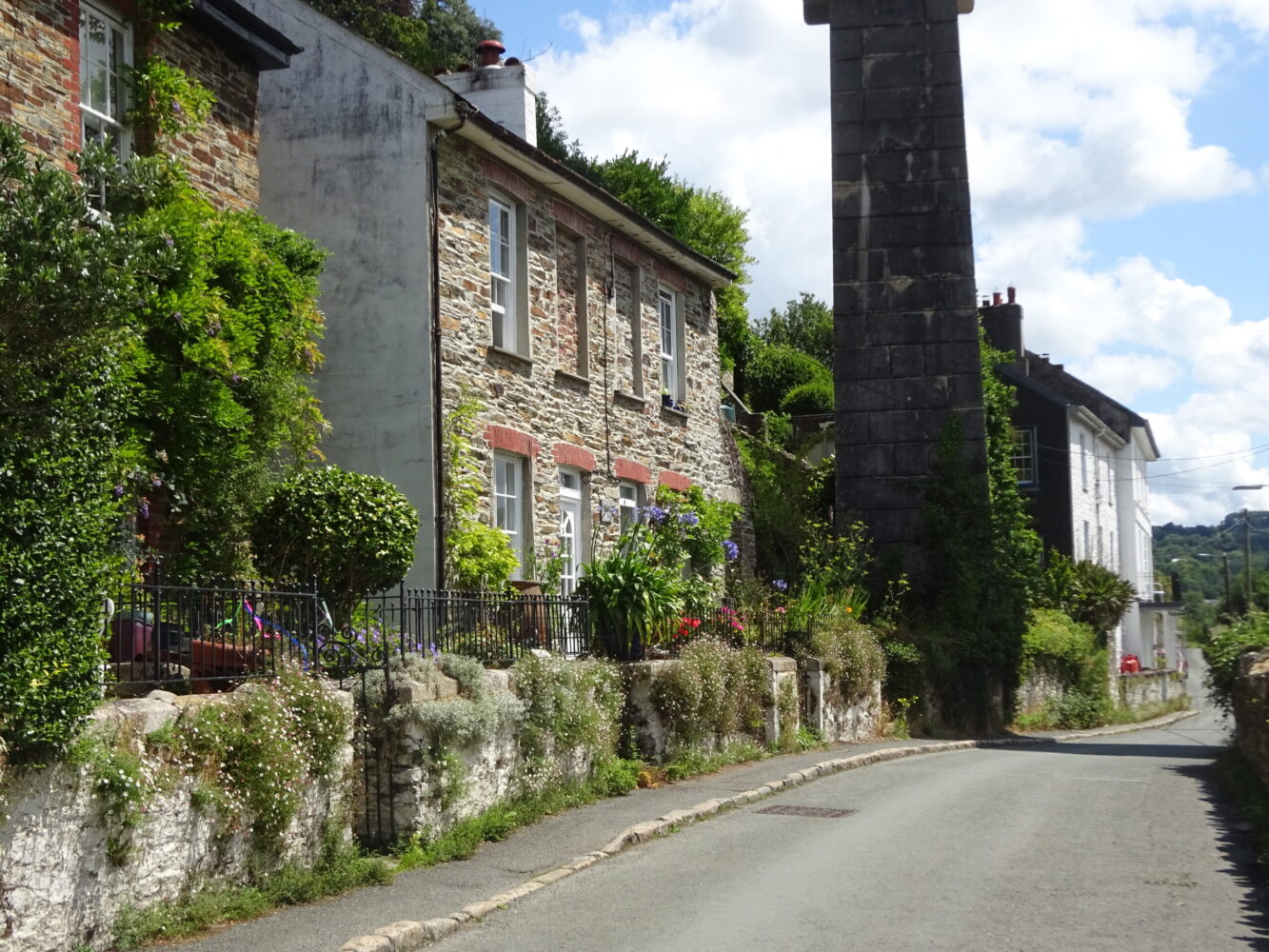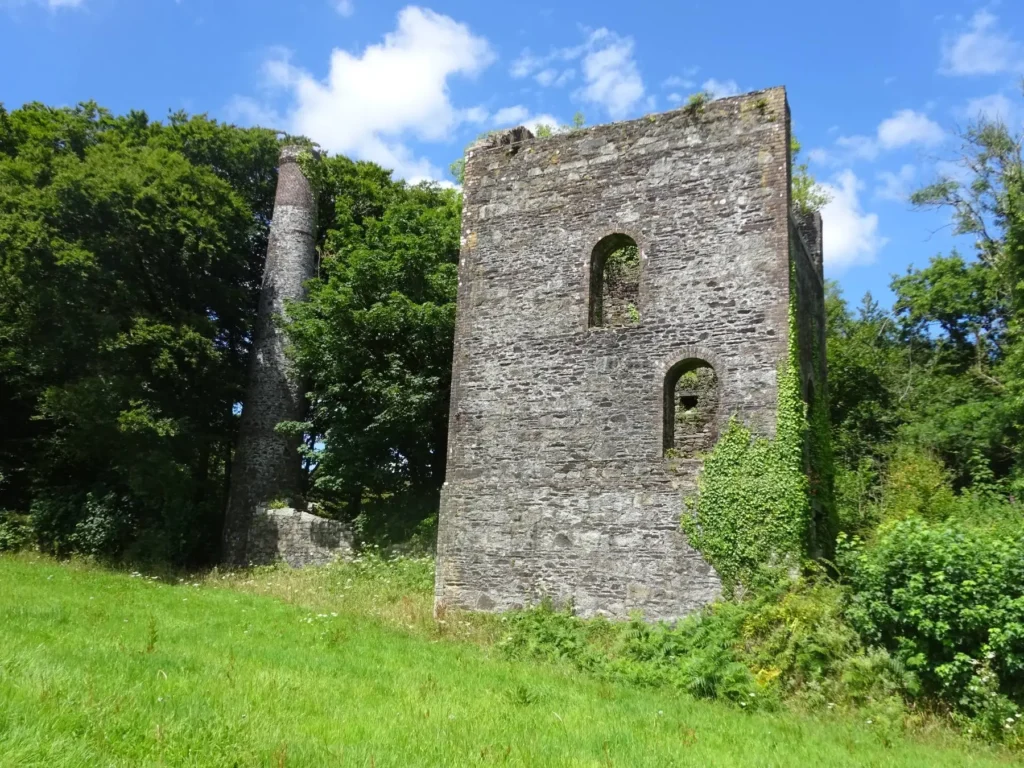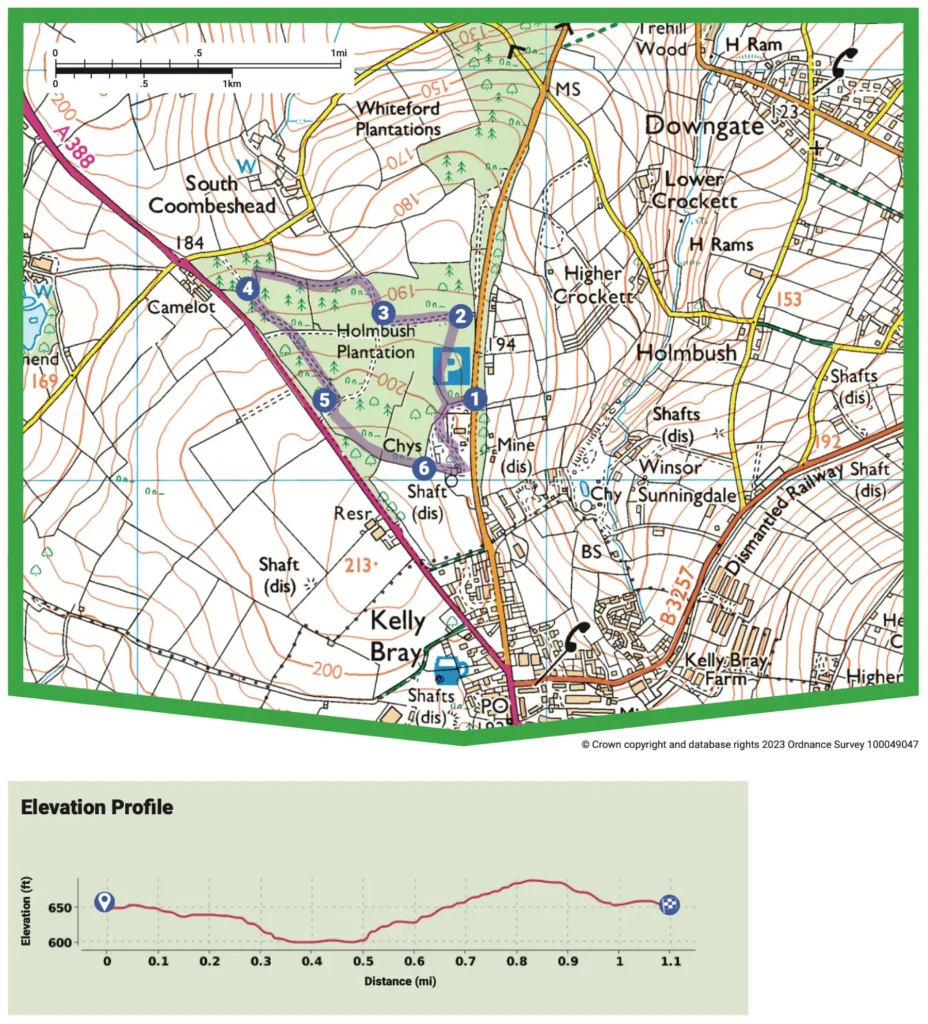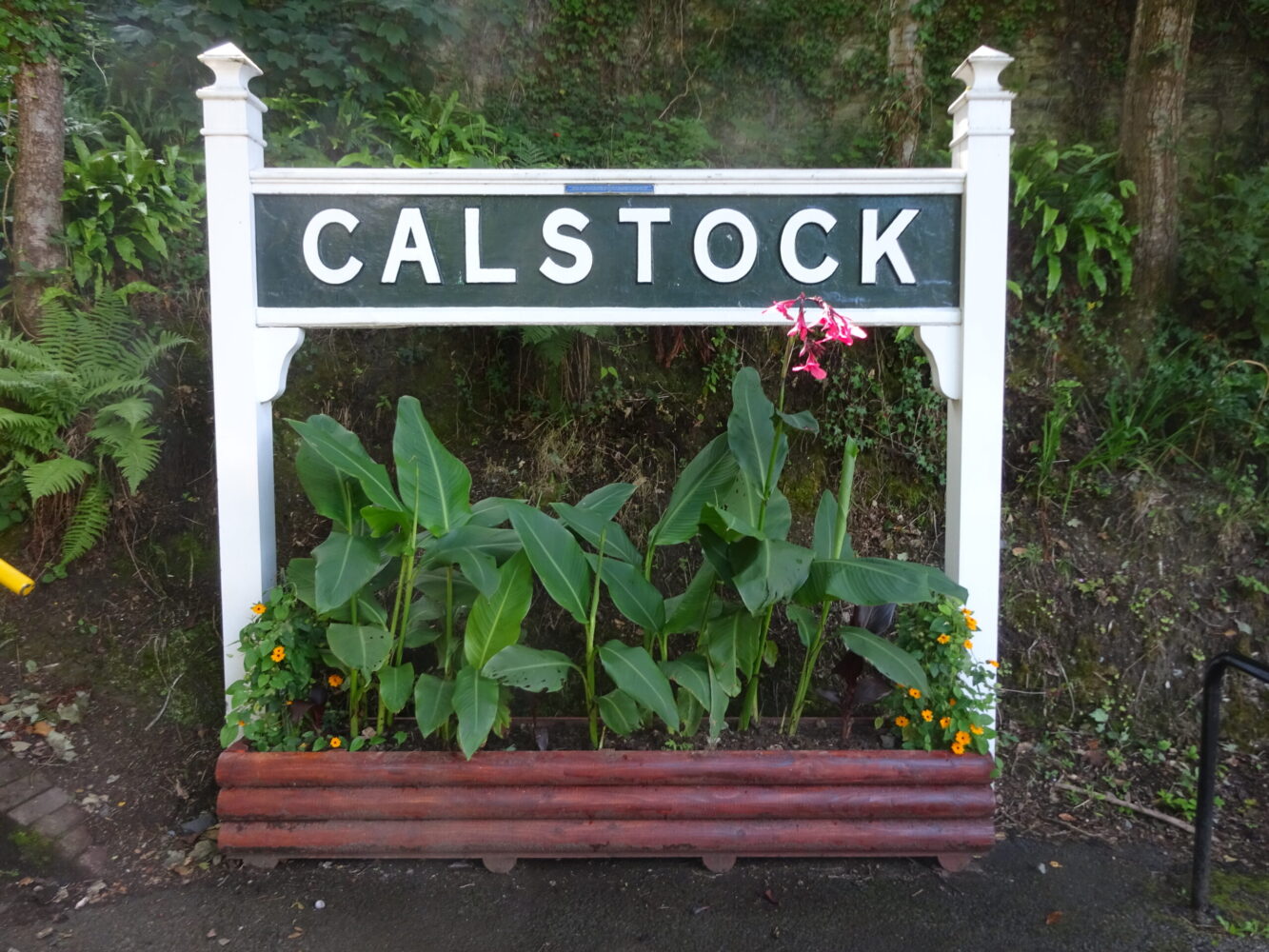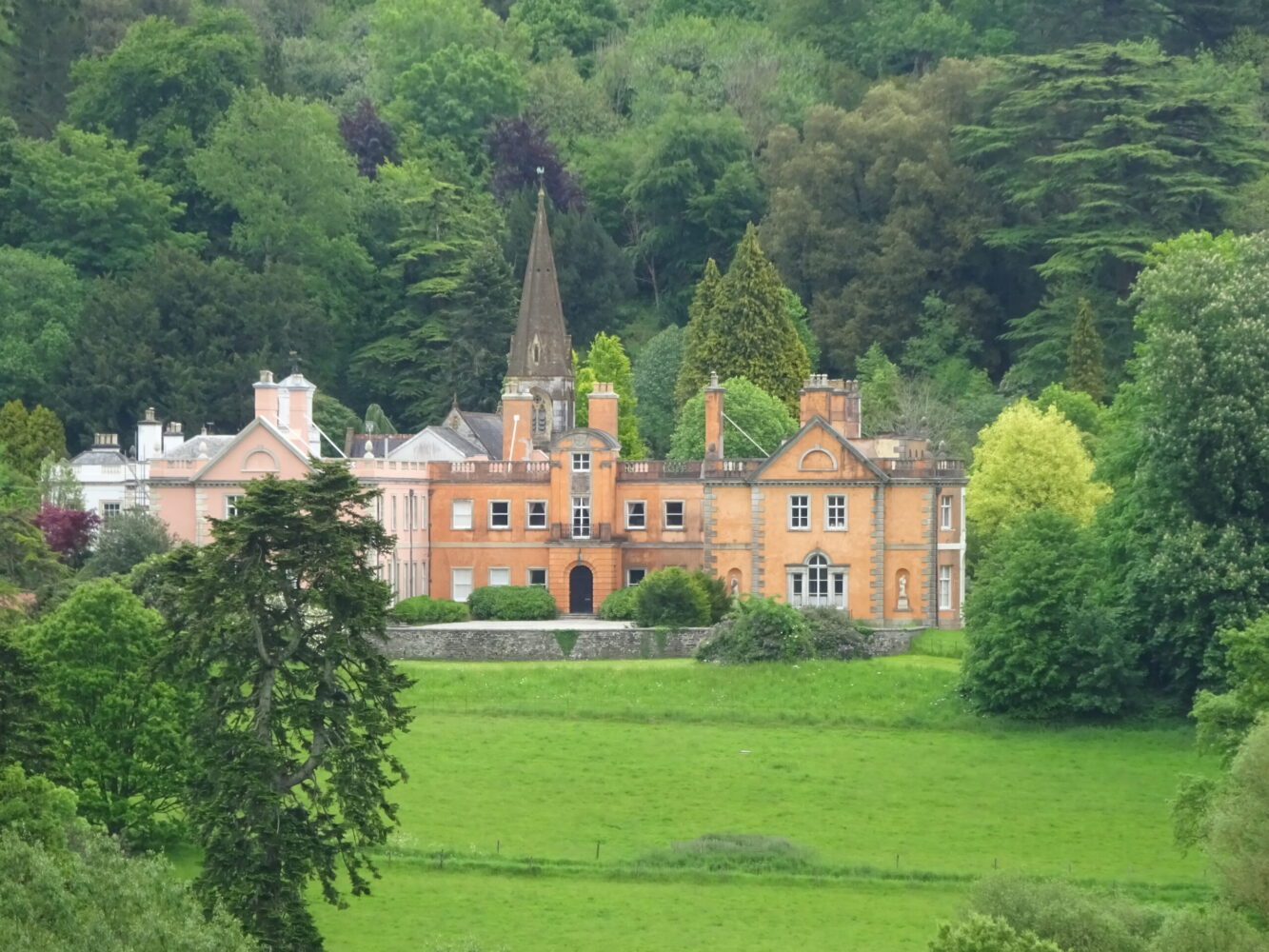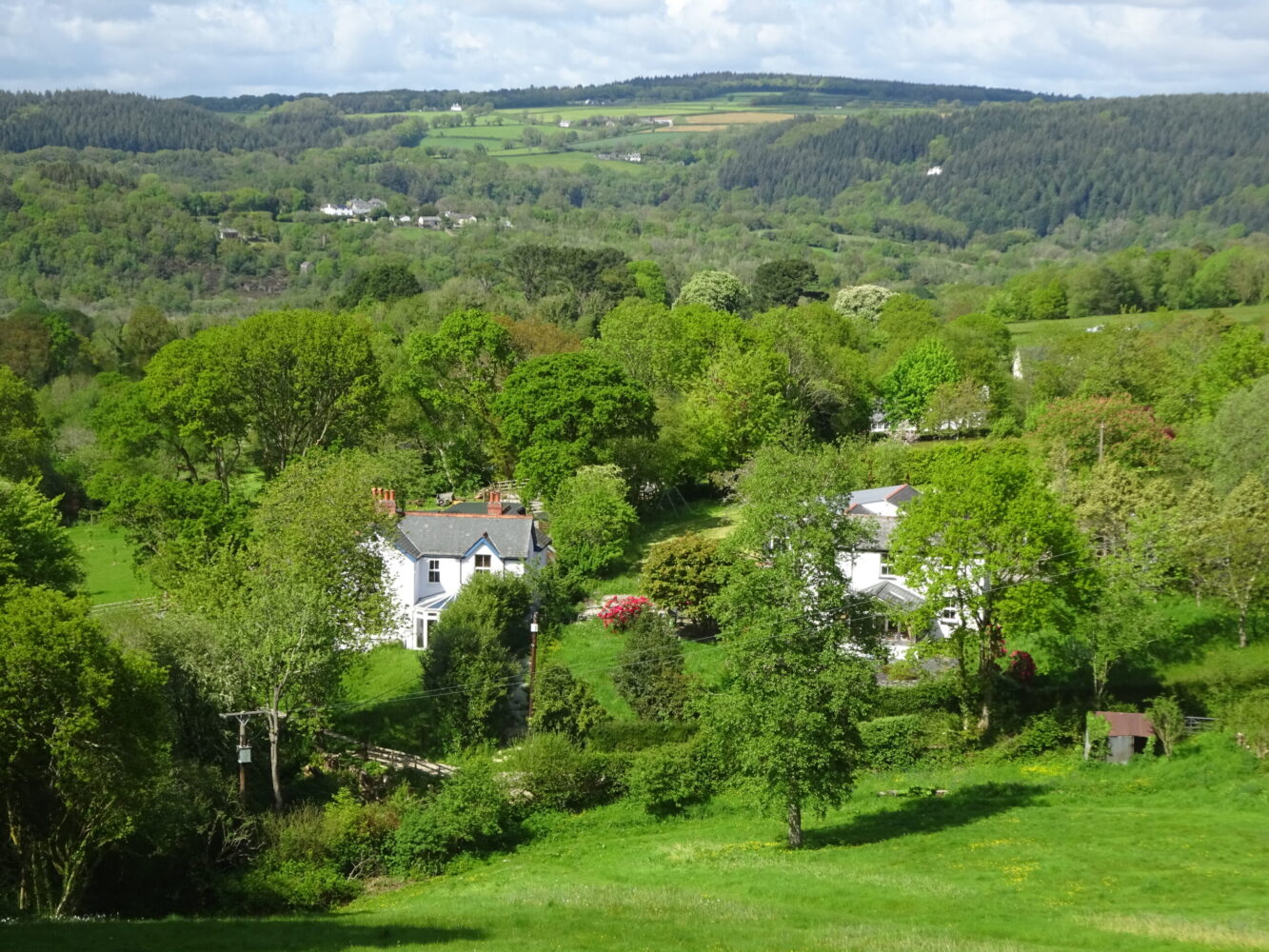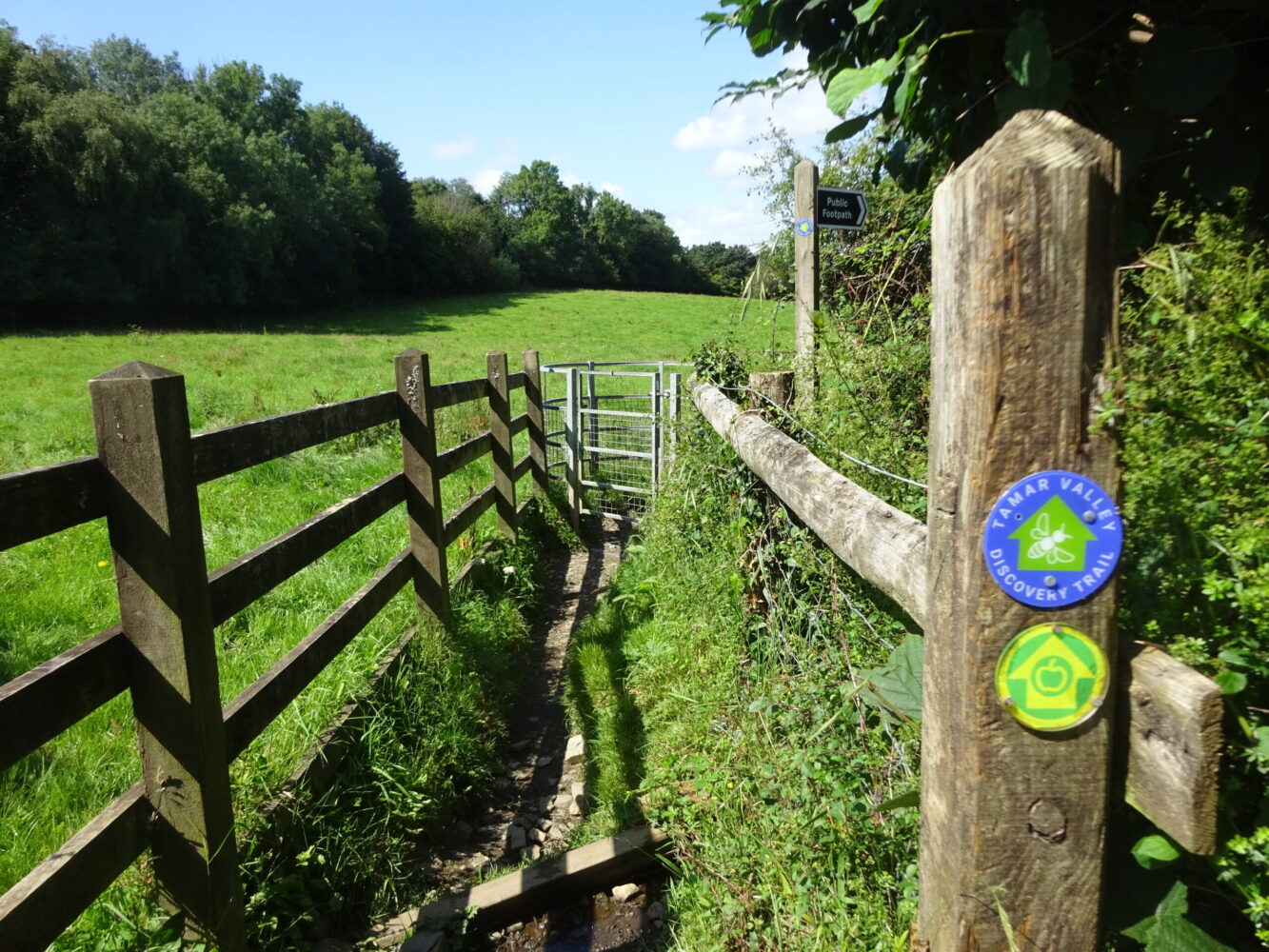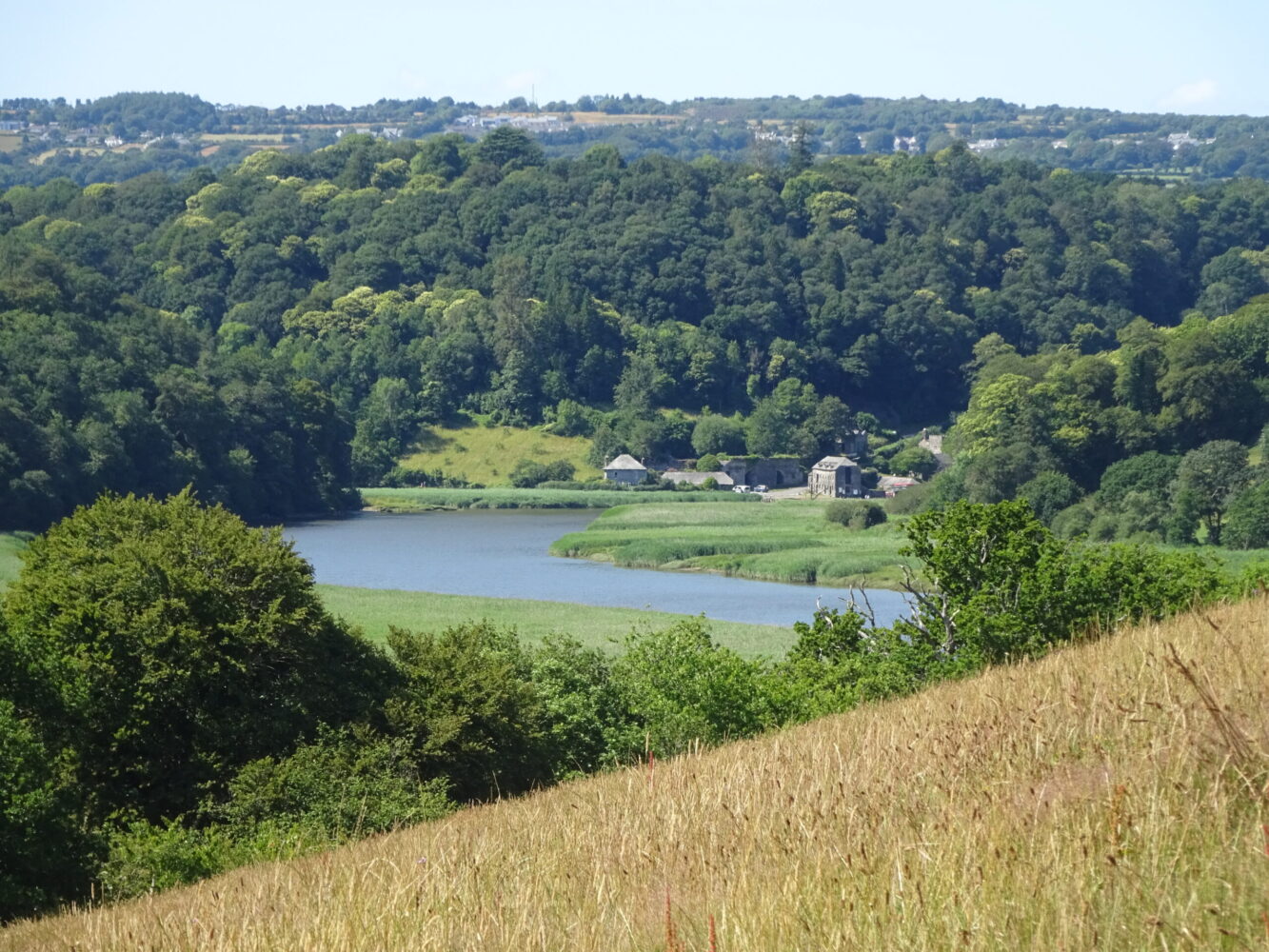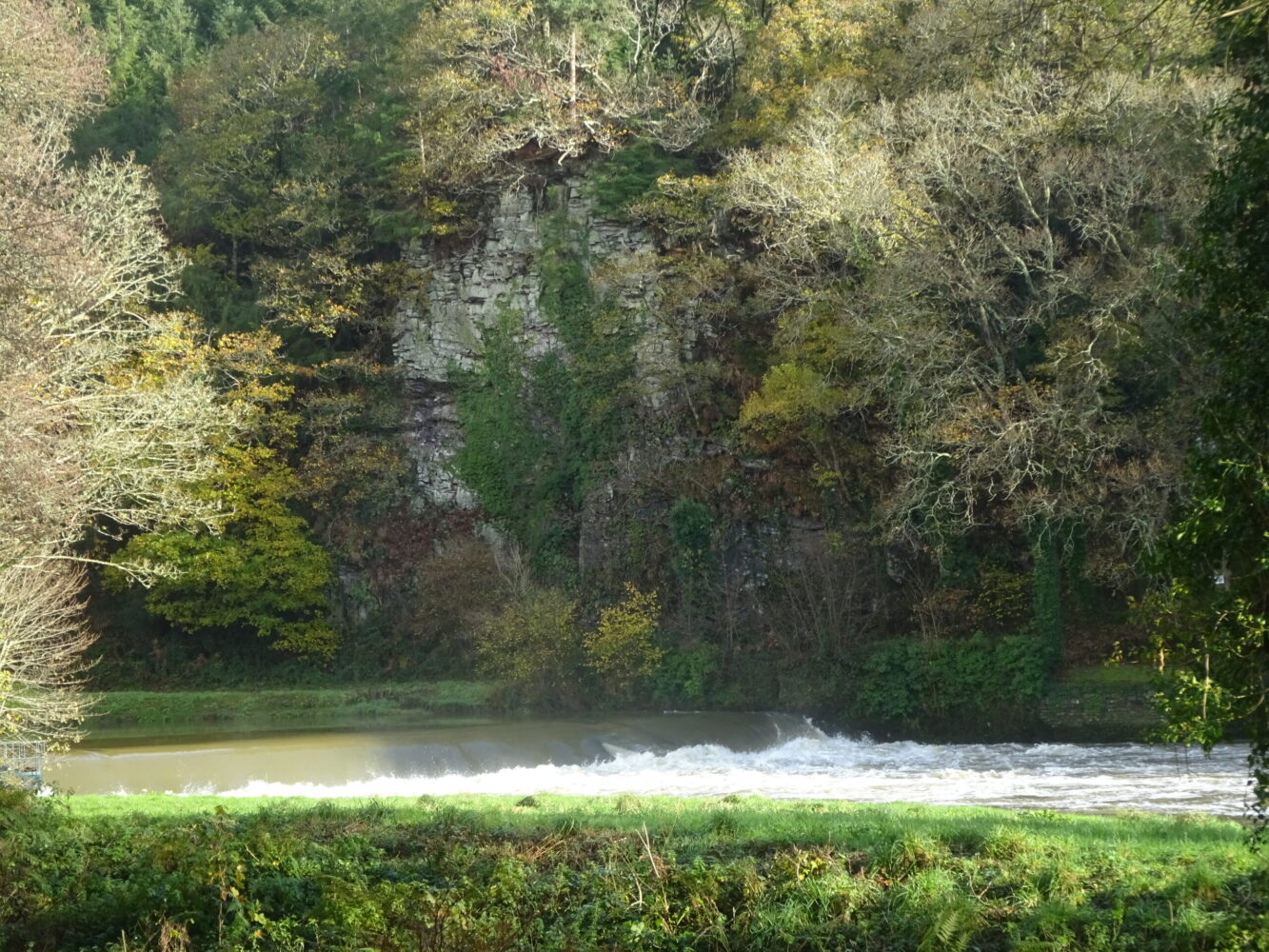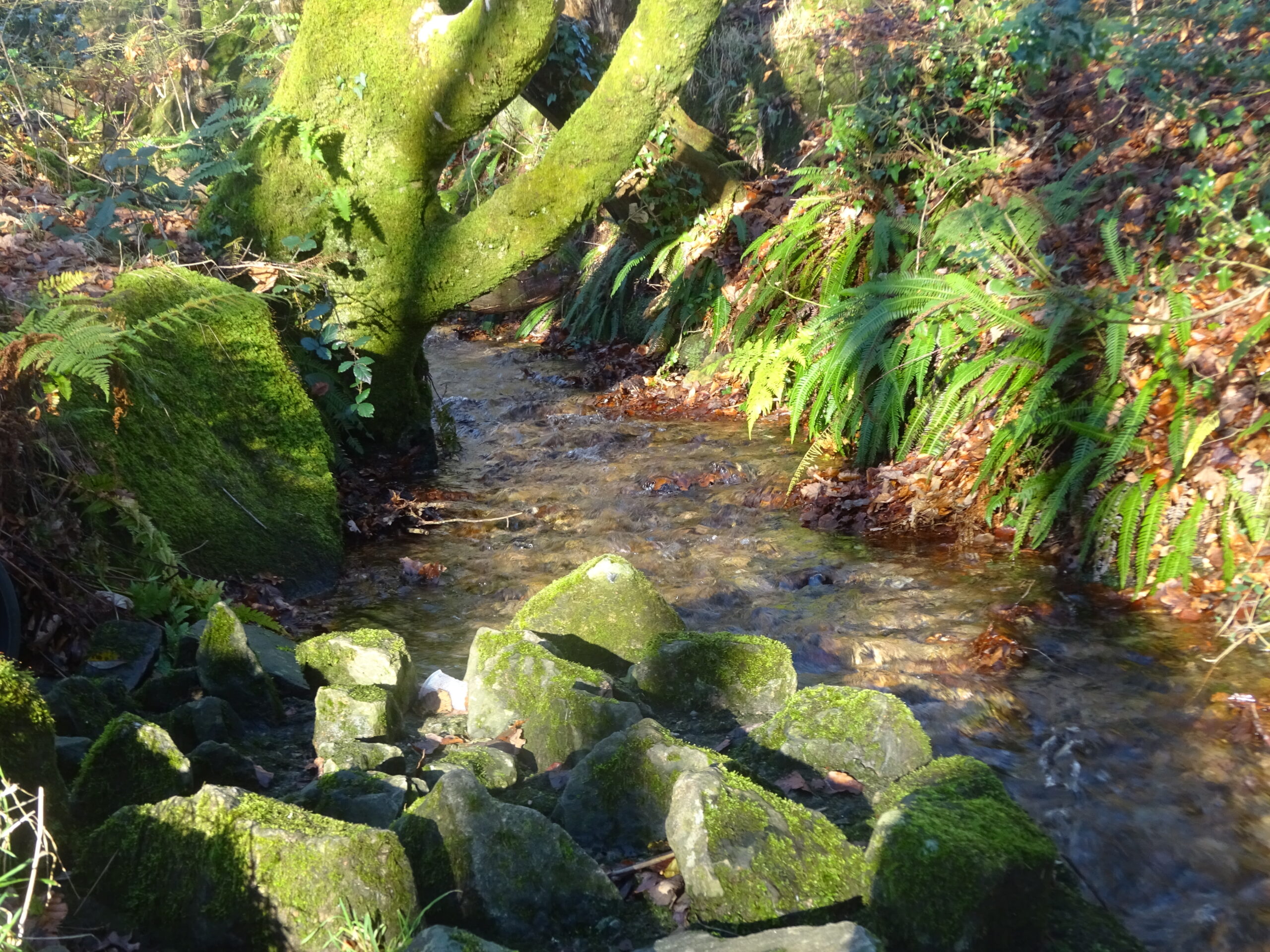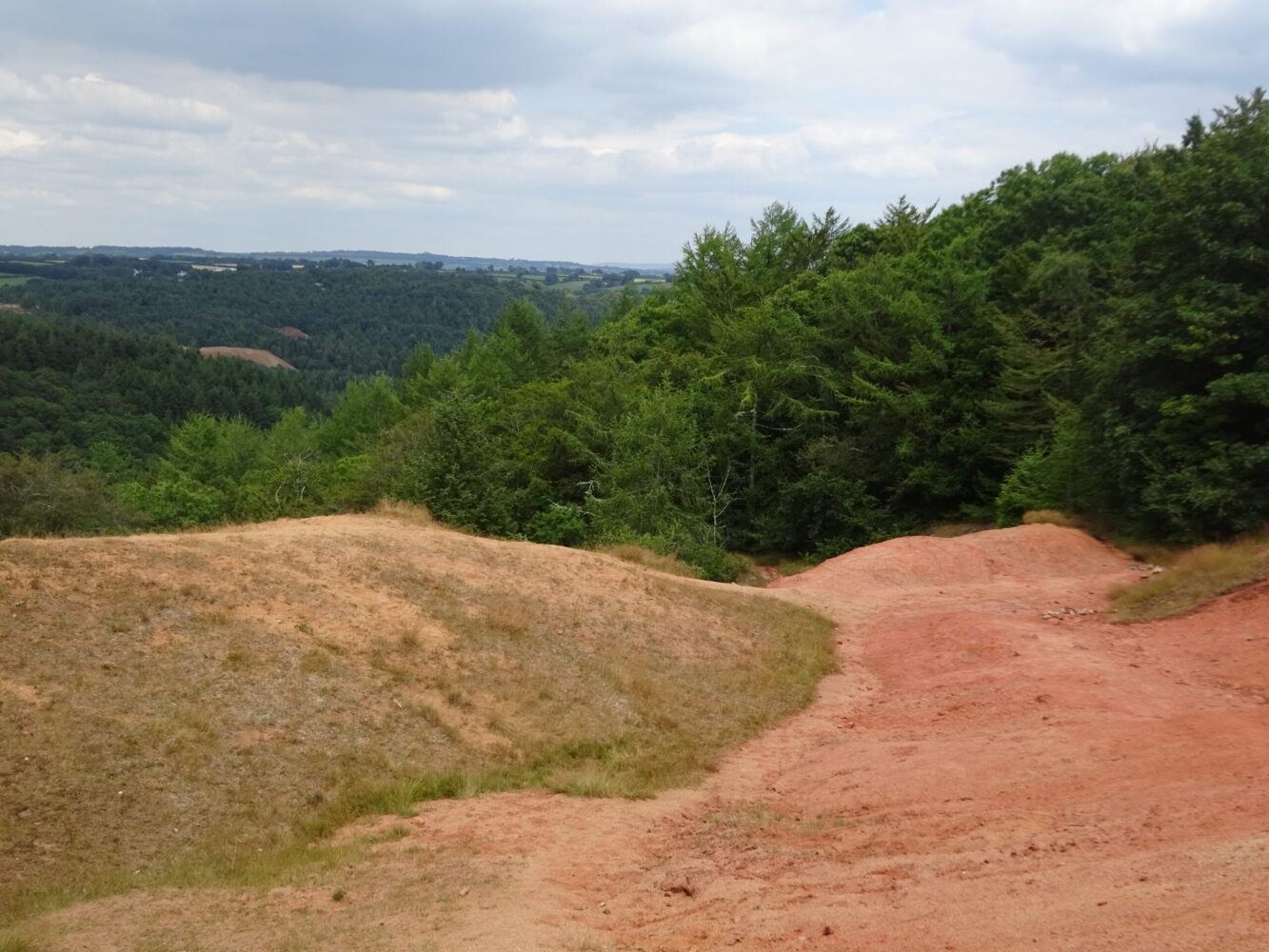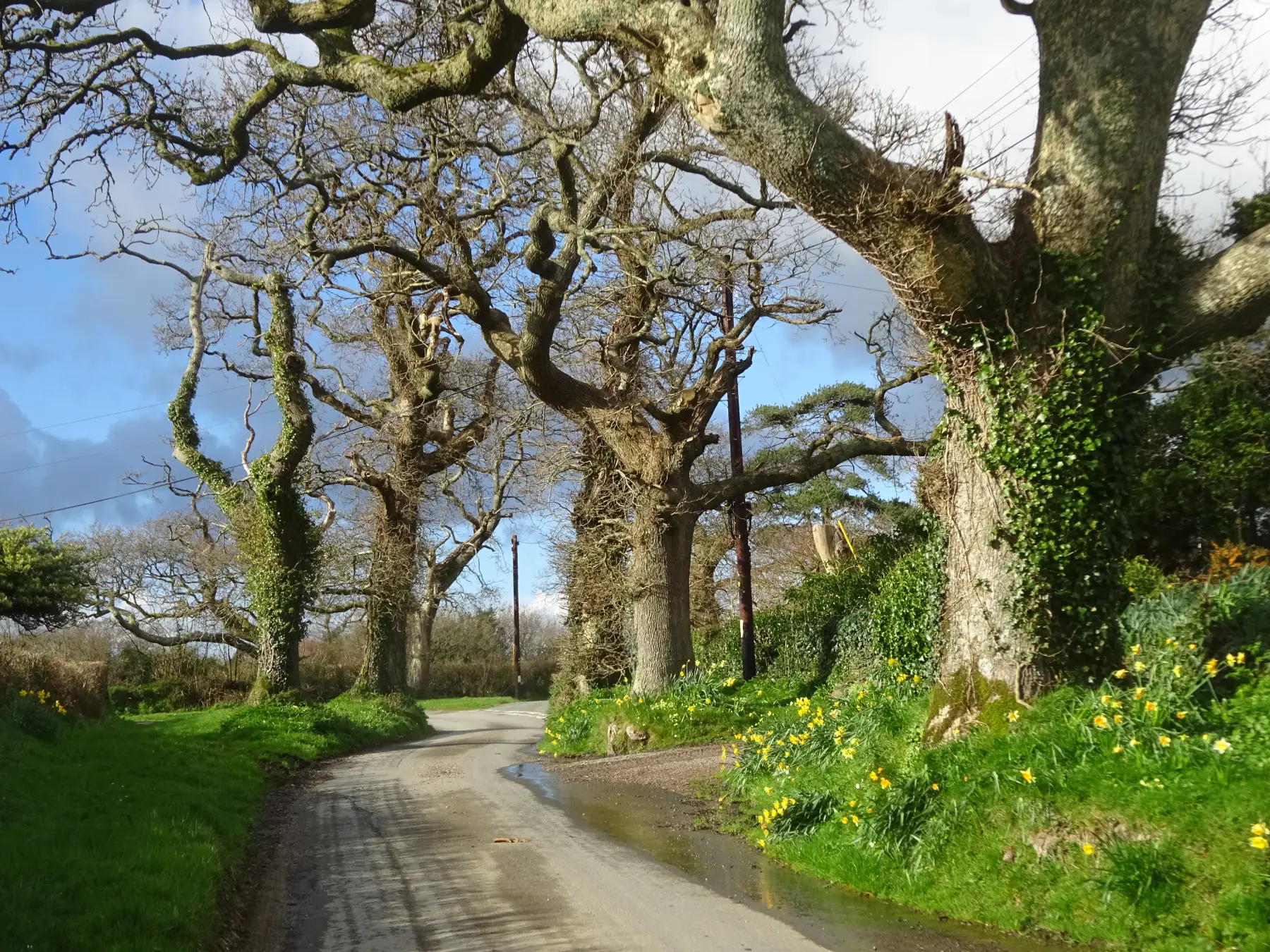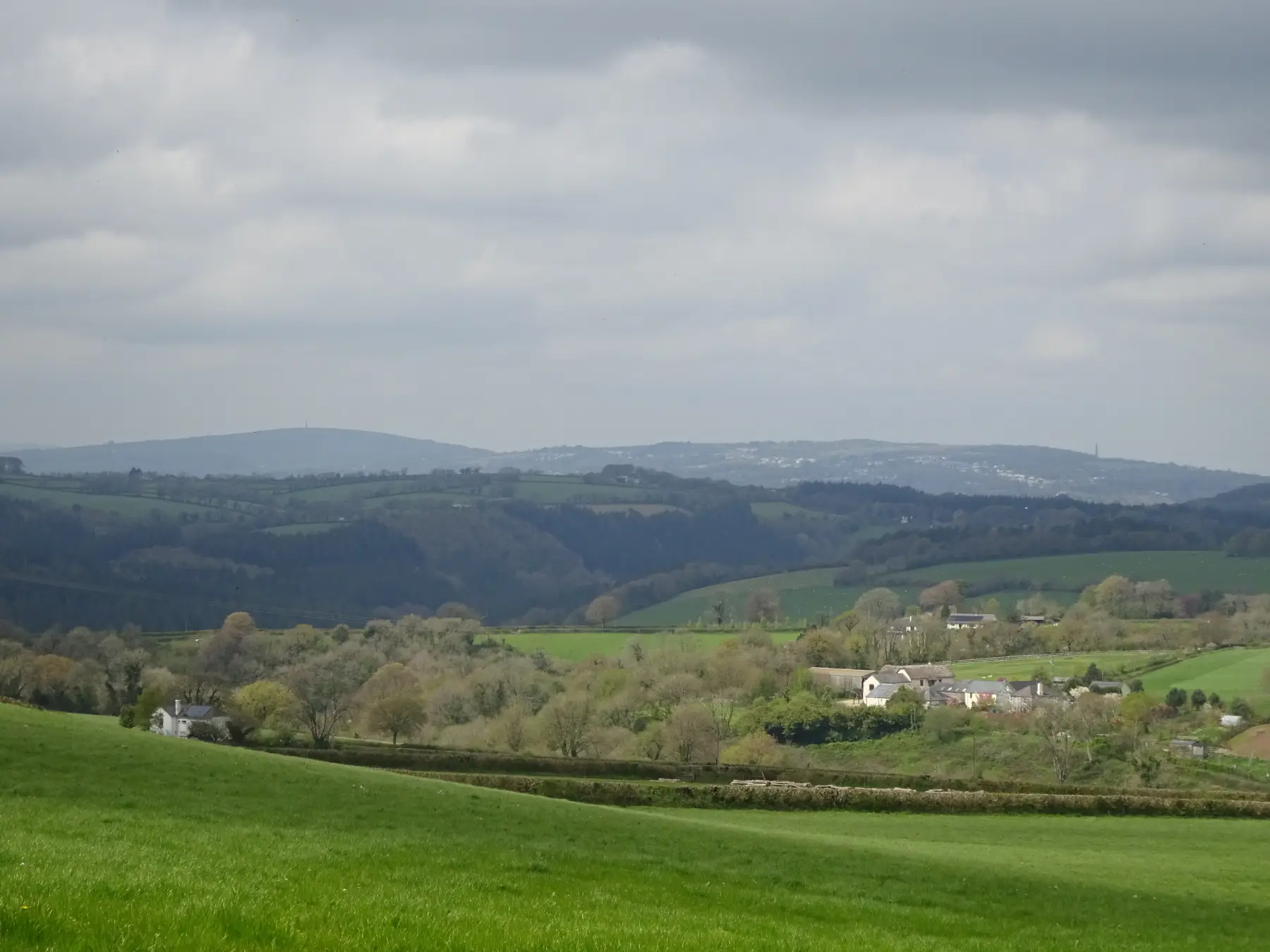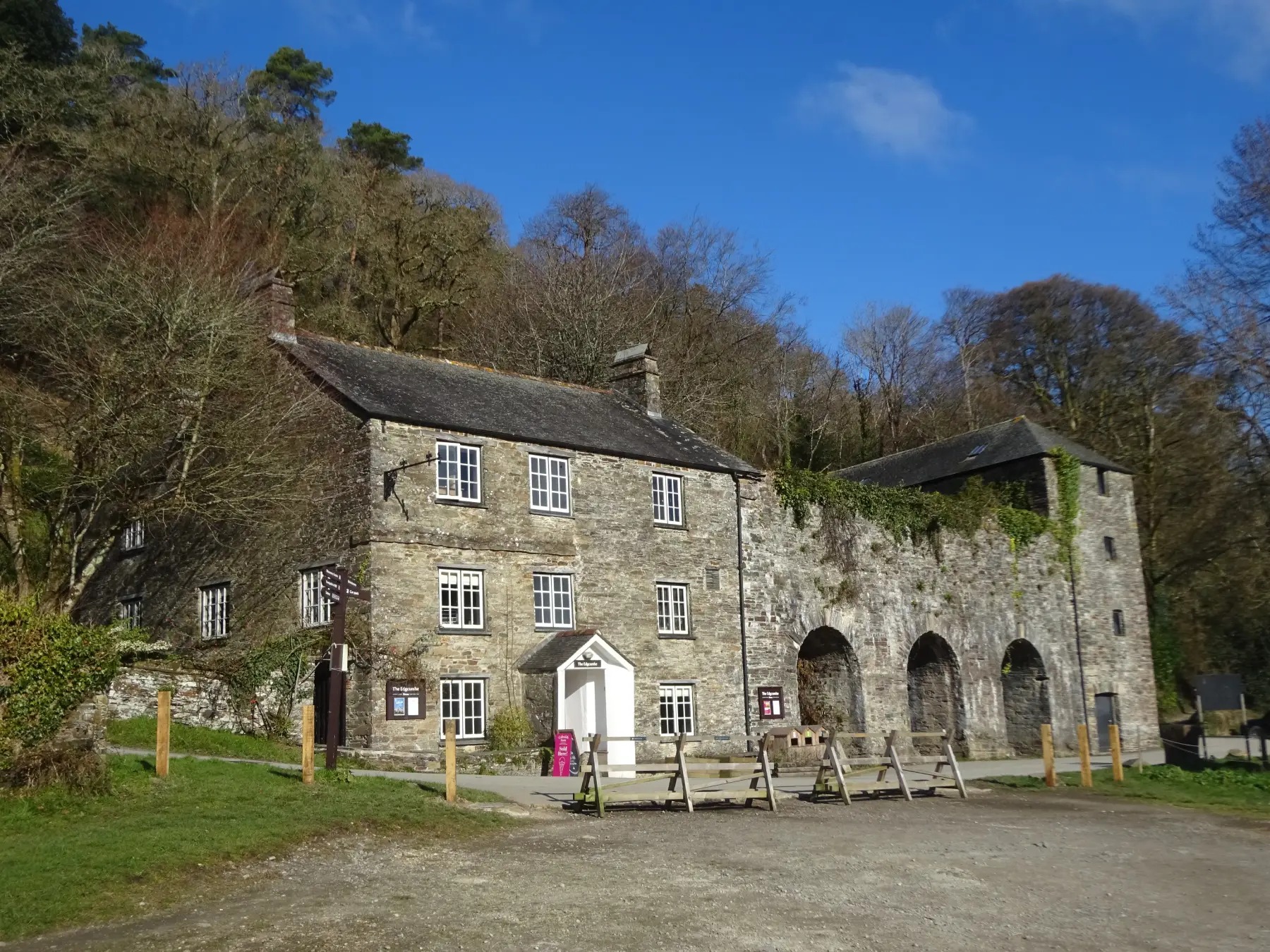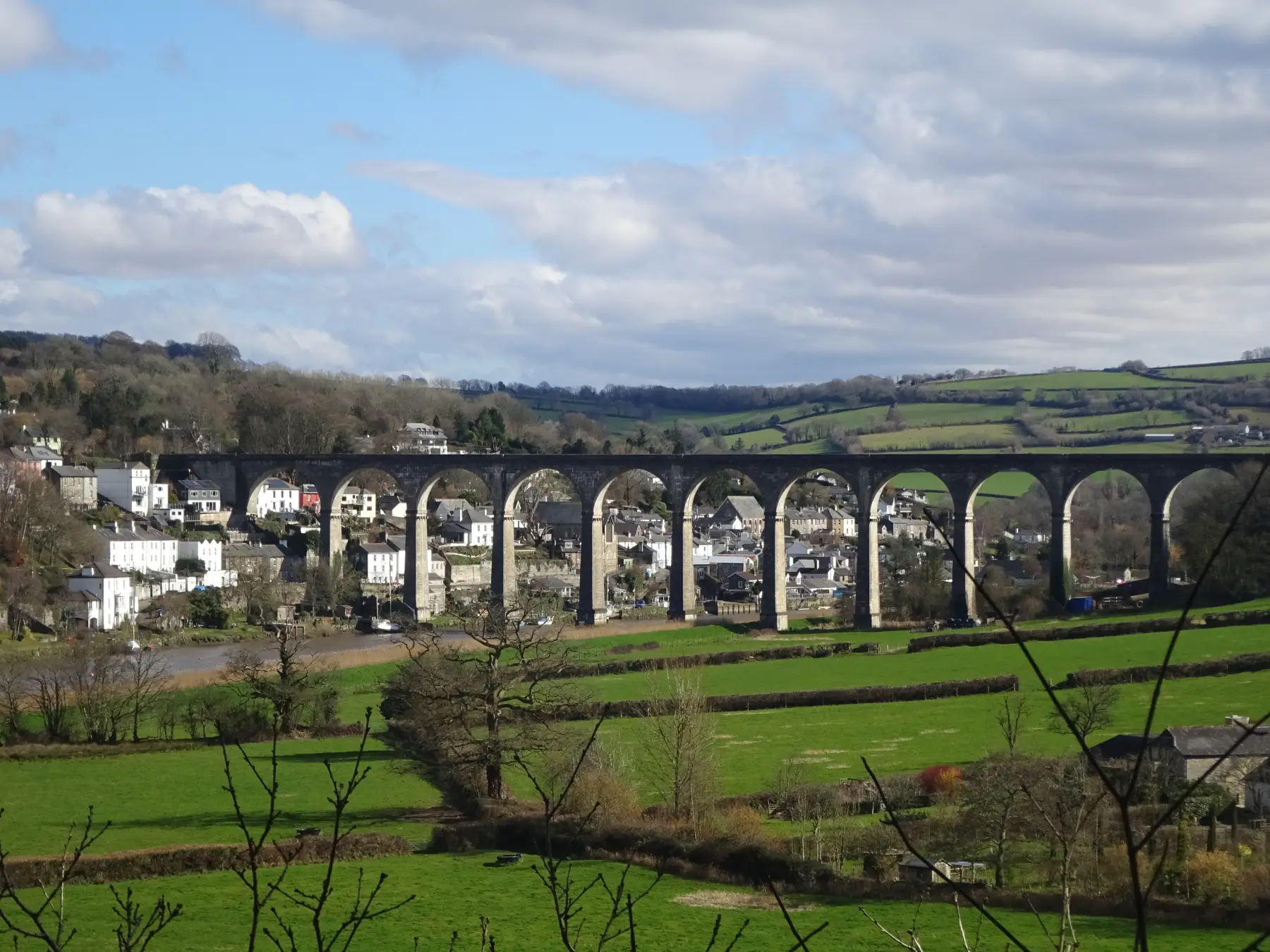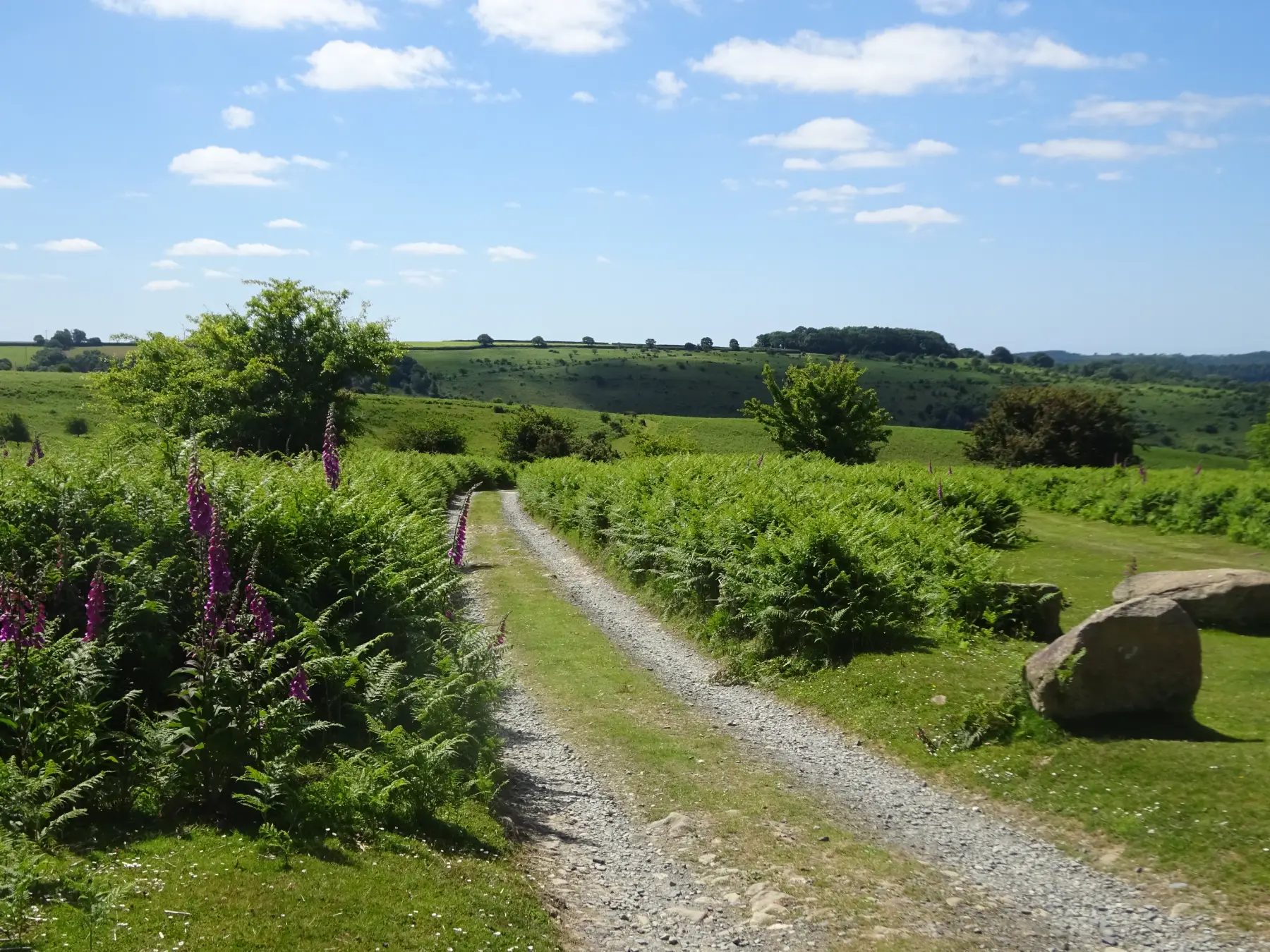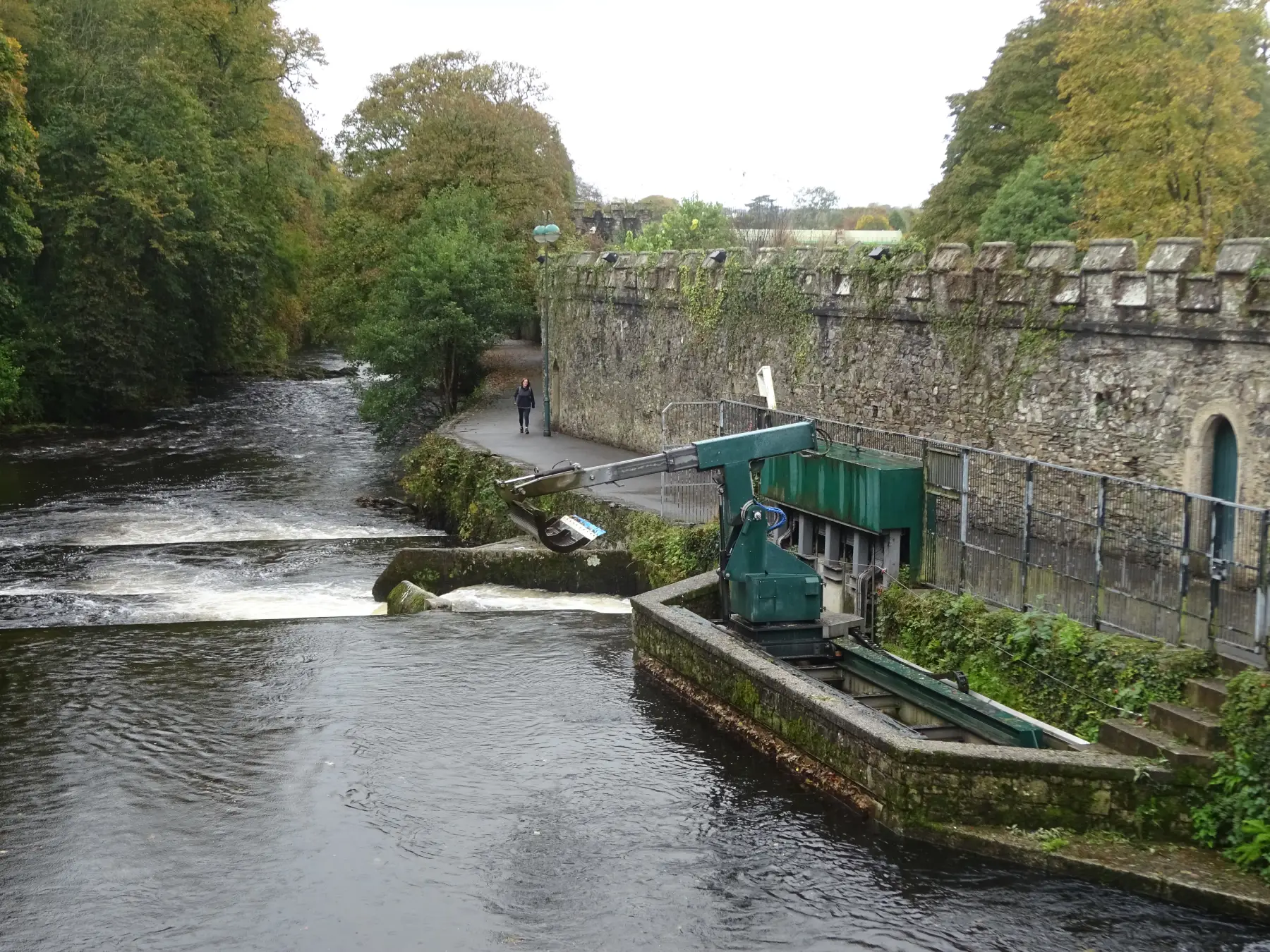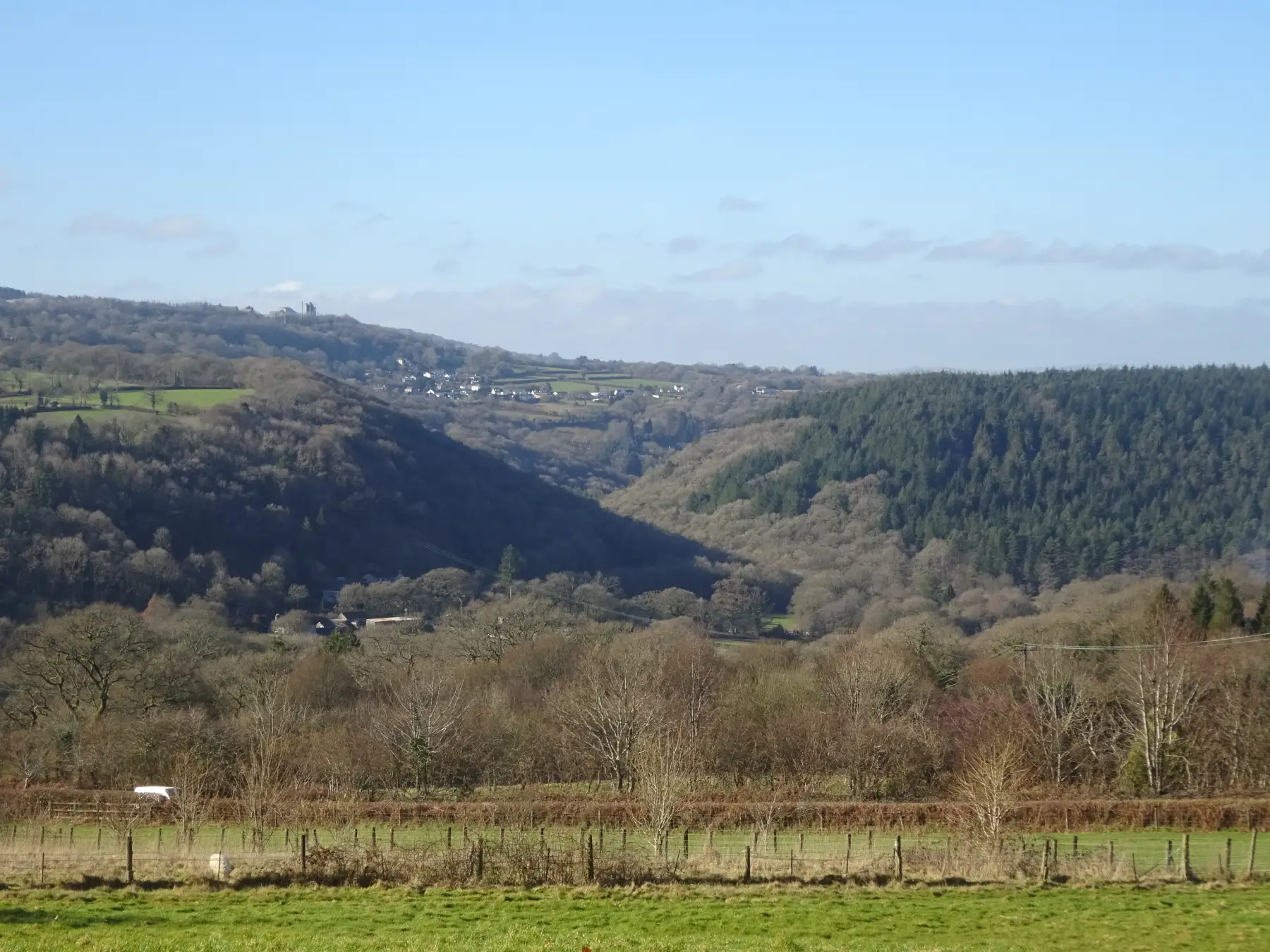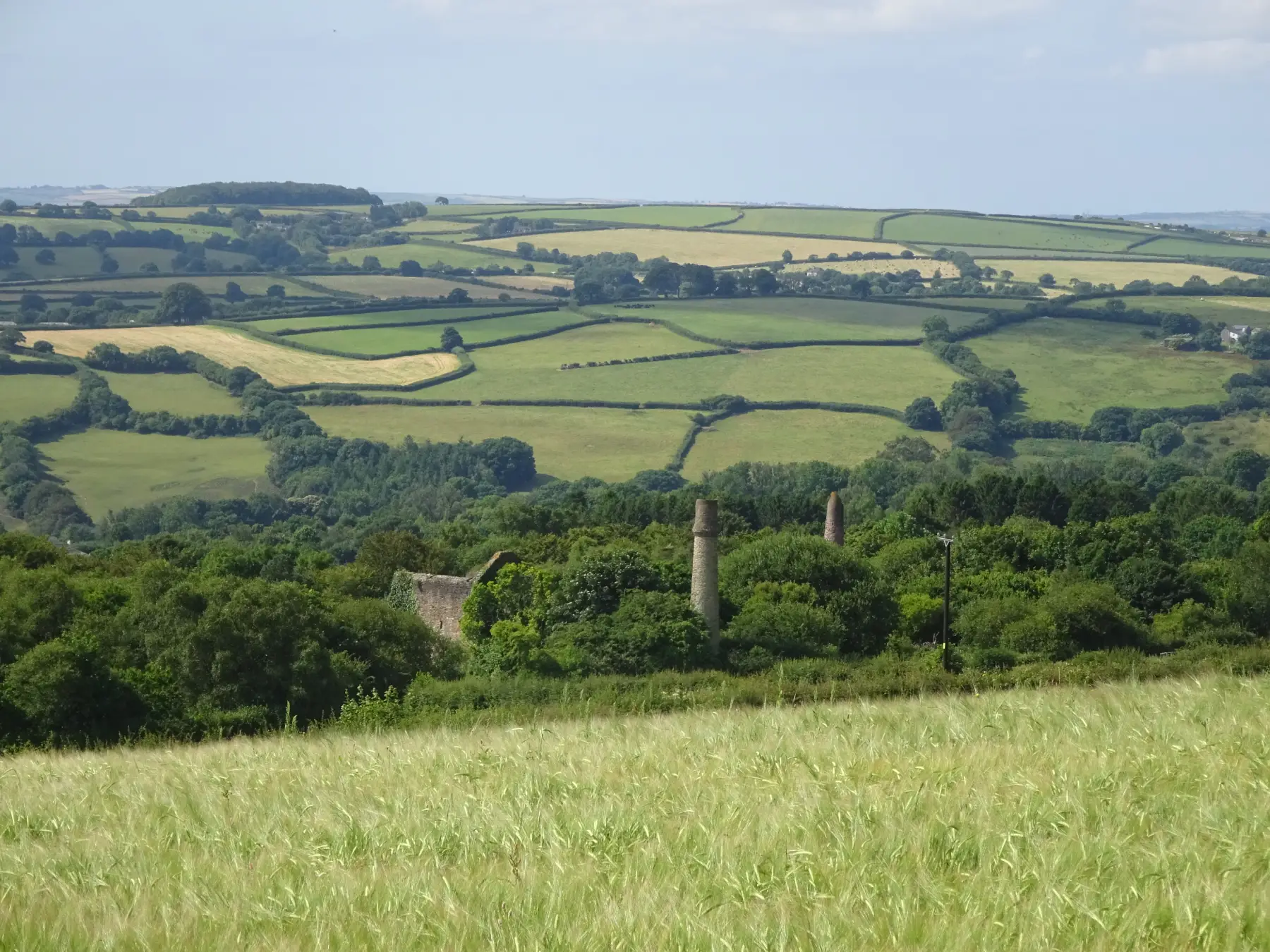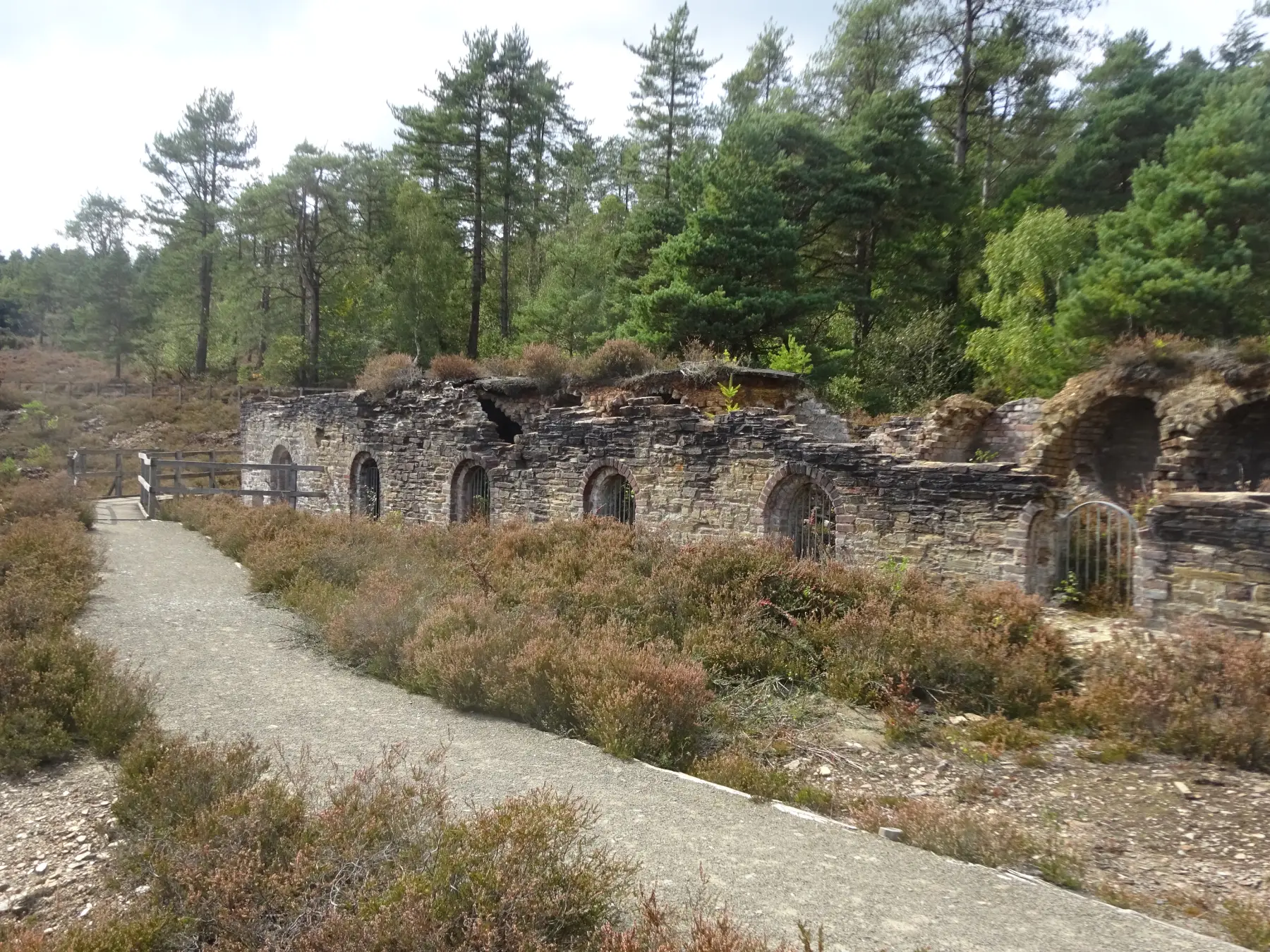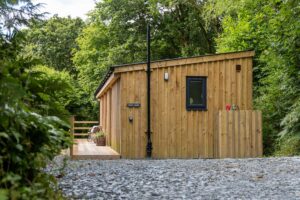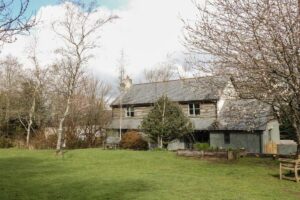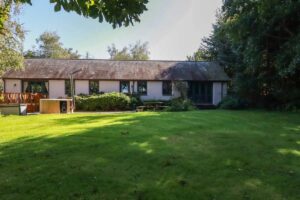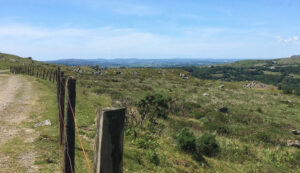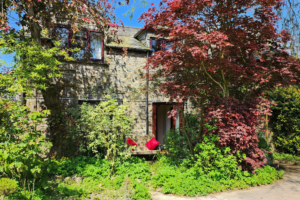After crossing a bank near the chimney, continue on past the engine house. On the right, a small path winds its way into the interior of the building, accessible via a ladder. Follow a narrow path that leads you to the mining site, taking a rightward direction as it threads through the area. Along this route, you’ll encounter various remnants of mine buildings, though some may be hard to distinguish: fenced-off shafts, water wheel and crank pits, a copper crushing house, and spoil heaps.
The rich history of Holmbush Mine dates back to the 17th century when lead and silver were initially mined here. As time passed, copper ore became the primary focus, continuing through much of the 19th century. The mine showcased its remarkable achievements at the Great Exhibition of 1851, where single specimens of silver lead ore and copper ore, each weighing between 1 to 1½ tons, were proudly displayed. In the late 19th century, Holmbush Mine joined other renowned Tamar Valley mines as a prolific producer of arsenic until it finally ceased operations in 1923. The mine’s output was remarkable, especially considering that this area was once known as Kilbury, a simple junction of moorland paths.
Continuing on the path, you’ll pass a second chimney and come across the castle-like ruin of Hitchen’s pumping engine house, now covered in ivy. Just beyond the engine house, bear left at a junction, taking a narrow path, which may be overgrown during summer, leading you back to the lower end of the broad beech avenue that guides you towards the mine. Finally, turn right to return to the car park, concluding your exploration of Holmbush Mine and its intriguing past.
